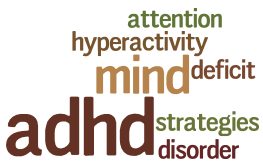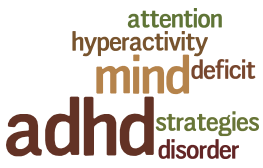Symptoms of ADHD in the Classroom
March 2nd, 2015ADHD in School: What Can You Do?
ADHD in school is not the end of the world! The key is to understand how ADHD affects your child in school.
When your child is diagnosed with ADD or ADHD, you know there may be problems ahead. ADD/ADHD obviously affects performance in a school setting, as well as other parts of their life. Children and adults with ADHD have neurological gaps that interfere with the cognitive processes of memory, concentration, and attention span.
Symptoms of ADHD in the Classroom
Students with ADHD often miss an instruction because they were distracted and attending to other things, instead of the instruction that was being given.
Assignments, especially homework, may be missed because they were distracted and attending to things other than assignment that was being given. When students aren’t paying attention in class, they often miss bits and pieces of skills, content, and the easy tricks to becoming efficient learners. This is part of having ADHD.

ADHD experts agree that school problems can include:
- Restlessness
- Short attention span and distractibility
- Impulsiveness
- Procrastination
- Trouble shifting attention
- Forgetfulness
- Writing disabilities
- Reading disabilities
- Visual processing problems
- Auditory processing problems
- Unusual study habits
- Difficulties with timed situations such as timed tests.
There are strategies that are simple that you can use to make learning easier in the classroom! For example, here are 6 of the 45 general classroom strategies that are in our ADHD Classroom and Teaching Strategies Online Course.
- Preferential seating for the ADD student. This is usually near where the teacher spends most of their time. Some teachers do most of their instruction from the front of the classroom. Others may have a “U” shaped arrangement of desks and spend their time in a different place. Other teachers do a lot of instruction using an overhead projector, where they stand or are seated next to it. So, depending on the practice of the teacher, your ADD student should have his desk space in close proximity to the teacher.
- Provide calming manipulatives
- Adjust time for completion of projects.
- Allow frequent breaks and vary the activities often.
- Selectively ignore inappropriate behavior
- Pause after asking a question and look at different students before calling on anyone to answer.





















